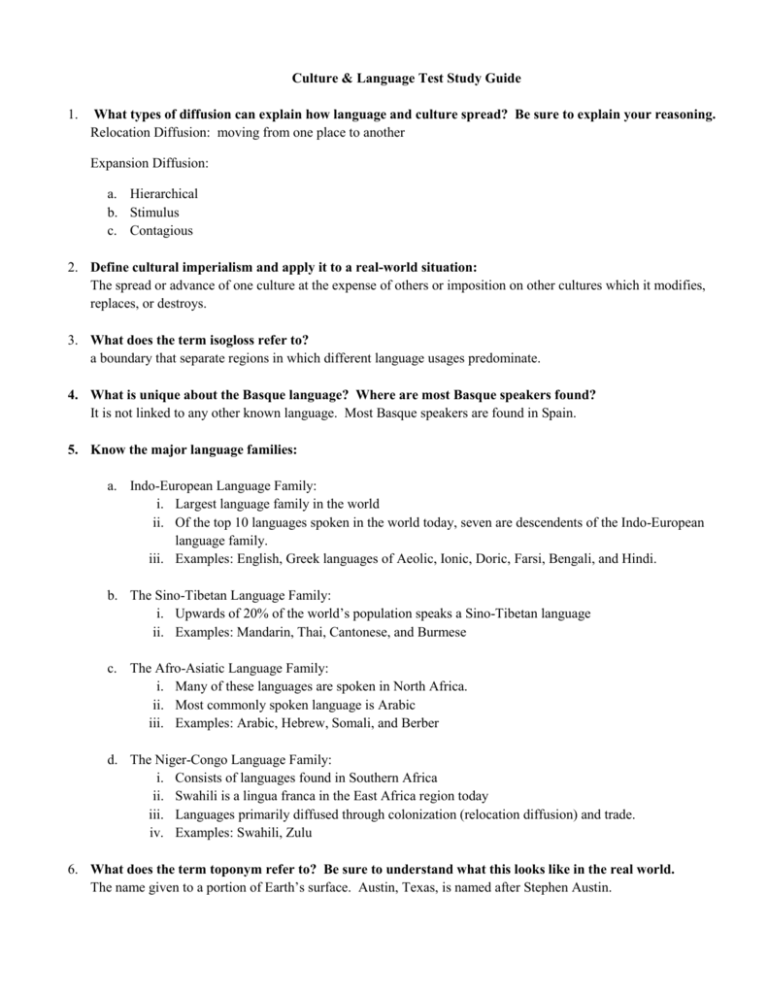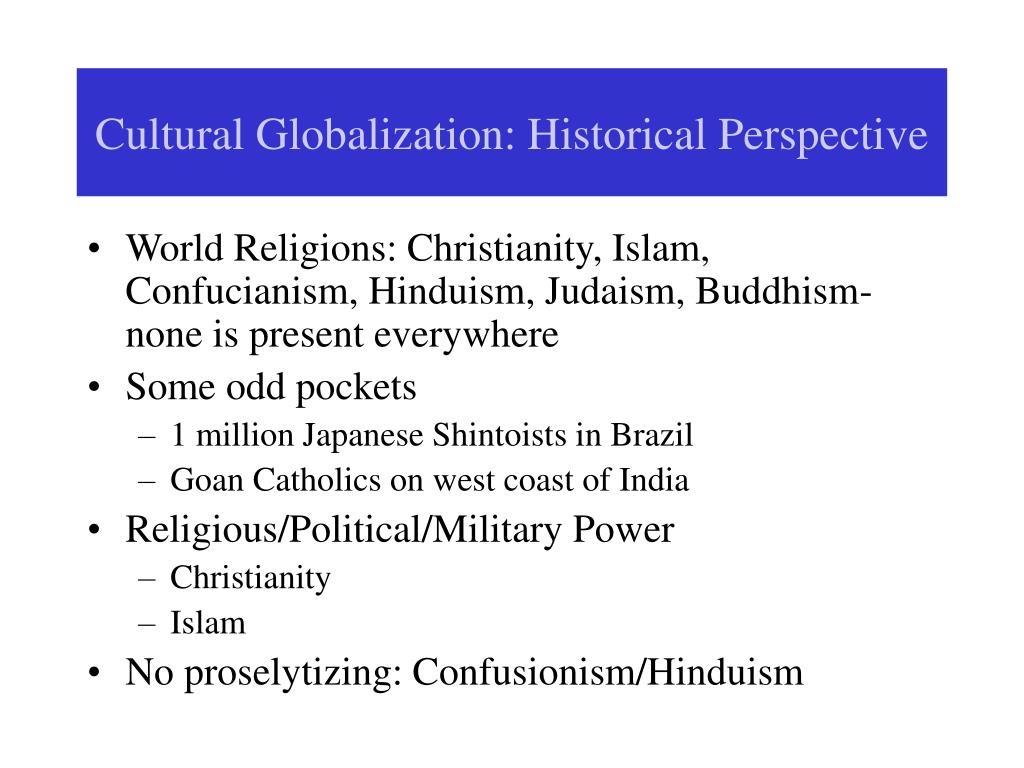

The was written by Thomas Jefferson, who had John Locke’s ideals in mind, as he declared: The American Age of Enlightenment, as an example of liberalism, also saw the promotion of religious tolerance, and a restored importance and appreciation being placed on creative fields, such as literature, arts, and music, as professions worthy of being studied. The American Age of Enlightenment, which was heavily influenced by the European Age of Enlightenment, encouraged scientific reasoning to be used to evaluate differing ideals, such as religion, politics, and even scientific notions.


This spurred a significant expansion of the liberalism movement. The Age of Enlightenment was a period in history during which people were continually questioning the traditions they had been taught.
The Commons refused to renew the Licensing of the Press Act in 1695, which led to an unprecedented level of freedom of the press. The Act of Toleration of 1689 was drafted, which allowed Nonconformist Protestants the freedom to worship how and where they wanted, so long as they pledged oaths of Allegiance and Supremacy to the Anglican Church. The right to petition the monarch was granted to all, and “cruel and unusual punishments” were deemed to be criminal acts, no matter the circumstances that may have “warranted” them. Three significant contributions that the Glorious Revolution made in the history of liberalism included: The Glorious Revolution of 1688 led to what many consider to be the first modern, liberal state in England. Fellow radical John Locke embraced the ideas of early liberalism, and believed that, because the government gets consent from those that it governs in order to act, that consent must be continual in order to keep the government legitimate. In this manifesto, the Levellers advocated for freedom of religion, voting suffrage, and equality for all. The history of liberalism can be traced as far back as 17th century England, when the Agreement for the People, a manifesto calling for political change, was proposed by a radical group calling themselves the Levellers. Liberalism gained even more steam as it headed into the 20th century, which is when classical liberalism began to evolve into social liberalism. During this time, liberalism’s only true counterpart was conservatism, but as time when on, new opposition in the form of fascism and communism rose up. 
It was after the French Revolution in particular, that the concept of liberalism began to spread like wildfire across Europe, North America, and South America. Revolutionaries during the Glorious Revolution, the American Revolution, and the French Revolution relied on liberal philosophies to justify their overthrowing of whom they believed to be tyrannical rulers.








 0 kommentar(er)
0 kommentar(er)
